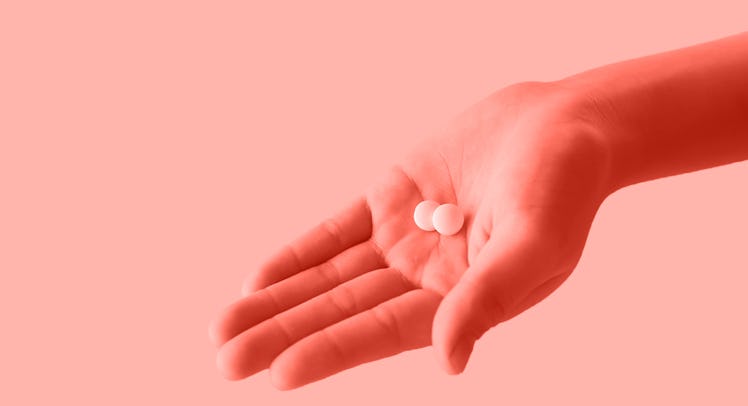Poison Control Centers Receive 29 Calls per Day About Kids Taking Too Many ADHD Medications
Most of the calls were about unintentional overexposure in kids under the ages of 12, researchers warn.

The rate of ADHD medications being misused or abused by children and adolescents has increased by 60 percent since 2000, according to a new study in Pediatrics. One result is that there have been more than 156,000 calls to U.S. Poison Control Centers in the past 18 years—roughly 200 calls each week, or 29 per day, mostly on behalf of children under the age of 12.
“Pediatric exposures to ADHD medications are an increasing problem in the US, affecting children of all ages,” said coauthor on the study Dr. Gary Smith of Nationwide Children’s Hospital, in a statement. “We need to do more to prevent these exposures.”
Attention-deficit/hyperactivity disorder (ADHD) is the most commonly diagnosed neurobehavioral disorder in children. An estimated 69 percent of children are treated for ADHD with medications, with stimulants being the most popular among both children and adults. But with increased prescriptions comes increased risk of abuse, and children nationwide now have easy access to potentially dangerous uppers. The number of emergency department visits involving ADHD stimulant medications increased 134 percent between 2005 and 2010, which prompted Smith and his colleagues to take a closer look at rates of abuse.
For the study, Smith and his team tracked all 156,365 poison control calls specifically related to amphetamine, atomoxetine, methylphenidate, and modafinil ADHD medication overexposure in individuals ages 19 and under between 2000 and 2014. They found that 76 percent of calls involved children under the age of 12. In most cases, children under six had ingested the pills accidentally, while children between 6 and 12 had taken too much because parents or school nurses had botched the dosing. When kids over 12 were involved, it was usually intentional. Although the cases were overwhelmingly non-fatal, three teenagers overdosed and died.
“The finding that was most surprising was the proportion, and the severity, of the exposures among the adolescents that were due to intentional exposure,” Smith told CNN.
Smith and his team also found that the frequency of medication exposure increased by 71 percent between 2000 and 2011, but dropped 6.2 percent between 2011 and 2014. Although this could contradict the claims that ADHD has been over-diagnosed, researchers could not explain this decline with the data from the current study alone. Increased FDA warnings about ADHD drugs over the past few years could explain some of the decline, but there’s no way to know for sure without further research. Other experts such as Caleb Alexander, a physician, and co-director of the Center for Drug Safety and Effectiveness at Johns Hopkins (who was not involved in the study) is skeptical that there’s been much of a dip in diagnoses at all.
“It’s been diagnosed more frequently in recent years than historically, but there are unlikely to be large baseline changes in the prevalence of this disorder,” Alexander told CNN. “The changes in diagnosis are probably more from evolving thresholds for diagnosis than true changes in the population.”